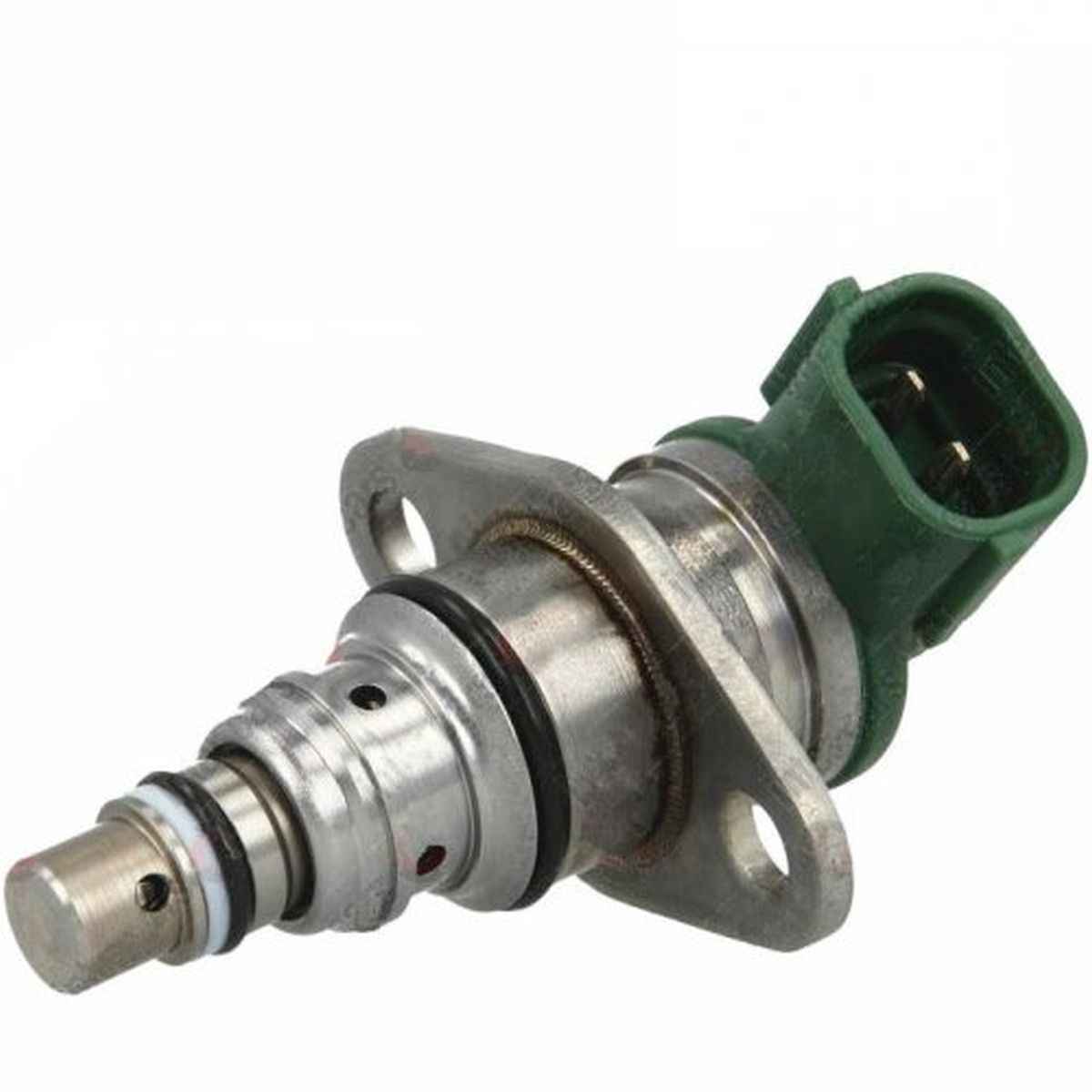Are you tired of hearing strange noises coming from your car engine? Do you feel like something is not working properly under the hood but don’t know what it is? Well, fear not! It might just be a malfunctioning suction control valve. This little device plays a crucial role in regulating fuel pressure and ensuring optimal performance for your vehicle. In this blog post, we will dive into everything you need to know about suction control valves – how they work, signs of trouble, and troubleshooting tips to keep your ride running smoothly. So buckle up and let’s explore the world of suction control valves together!
What is a Suction Control Valve?
A suction control valve is a device that controls the flow of fluids in a system. It is often used in conjunction with a pump to maintain a desired flow rate. The valve senses the pressure drop across itself and adjusts the flow accordingly.
How Does a Suction Control Valve Work?
A suction control valve is a valve that controls the amount of suction created by a pump. The valve is usually located between the pump and the reservoir. The suction control valve regulates the flow of fluid from the reservoir to the pump. When the valve is open, fluid can flow freely from the reservoir to the pump. The suction control valve is opened and closed by a diaphragm that is actuated by an electromagnet.
What are the Benefits of a Suction Control Valve?
A suction control valve is a device that helps regulate the flow of fluids in a system. It is often used in conjunction with a pump to maintain a desired flow rate. A suction control valve has many benefits, including:
1. Increased Efficiency: A suction control valve can help increase the efficiency of a system by regulating the flow of fluid. This ensures that the system is not overworked, which can lead to increased wear and tear.
2. Reduced Wear and Tear: By regulating the flow of fluid, a suction control valve can also reduce wear and tear on the system. This leads to increased longevity and reduced maintenance costs.
3.Improved Safety: A suction control valve can improve safety by preventing uncontrolled fluid flow. This can help avoid accidents and injuries caused by excessive fluid pressure.
4. Enhanced Performance: In some cases, a suction control valve can enhance the performance of a system. For example, if a pump is designed to operate at a specific flow rate, a suction control valve can help ensure that this flow rate is maintained.
5. Cost Savings: The benefits of a suction control valve often result in cost savings for the user. By increasing efficiency and reducing wear and tear, a suction control valve can help save money on operating costs over time
How do I Know if I Need a Suction Control Valve?
The suction control valve is located between the fuel pump and the injectors. It regulates the pressure of the fuel that is delivered to the injectors. If the pressure is too low, the engine will not run properly and may stall. If the pressure is too high, the engine will run rough and may damage the injectors.
You can test the suction control valve with a fuel pressure gauge. Connect the gauge to the fuel line on the side of the valve. The reading should be between 1 and 2 psi. If it is outside of this range, then you will need to replace the suction control valve.
Where Can I Get a Suction Control Valve?
The suction control valve is an important part of the fuel injection system in many modern vehicles. It is responsible for regulating the amount of fuel that is delivered to the engine. If your vehicle has a problem with its suction control valve, it may cause the engine to run lean or rich. This can lead to decreased fuel economy and increased emissions. In some cases, it may also cause the engine to stall.
If you think your vehicle may have a problem with its suction control valve, the best thing to do is take it to a qualified mechanic or dealership service department for diagnosis and repair.
Conclusion
The suction control valve is an important component in a vehicle’s fuel system, as it helps to regulate the flow of fuel into the engine. Without this valve, the engine would not be able to properly operate and could suffer from damage due to lack of proper fuel intake. Understanding how this valve works and being aware of its potential problems can help you get better performance out of your vehicle for many years to come.

